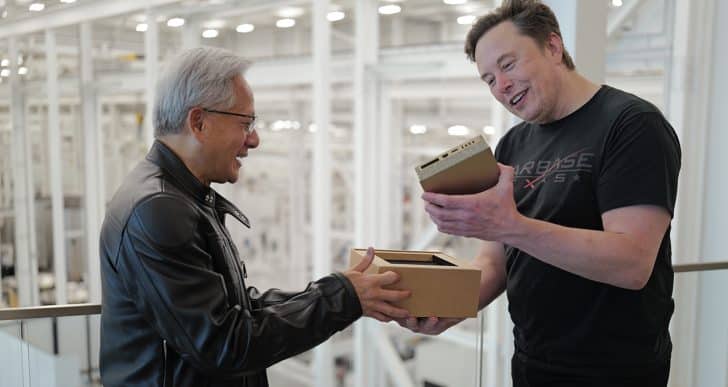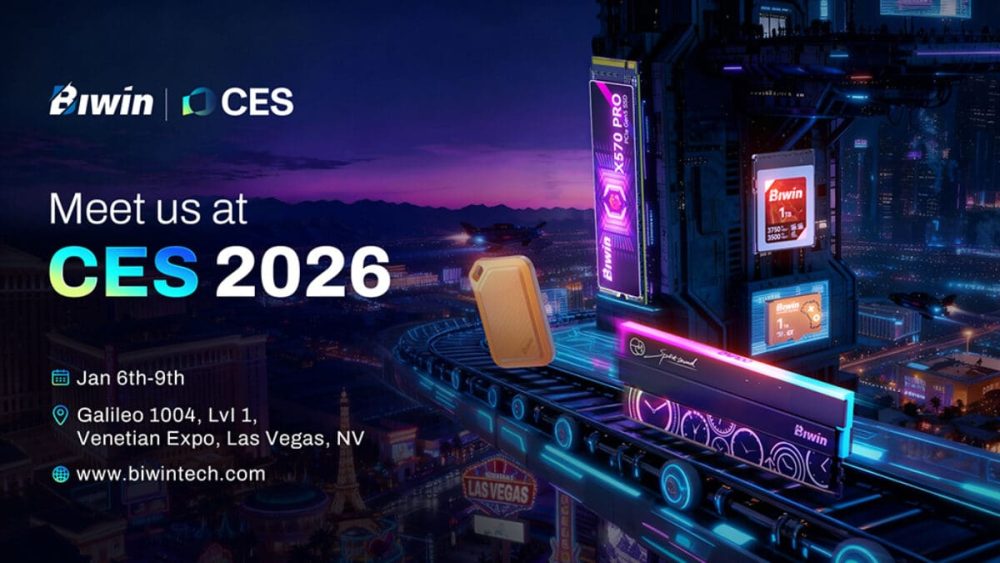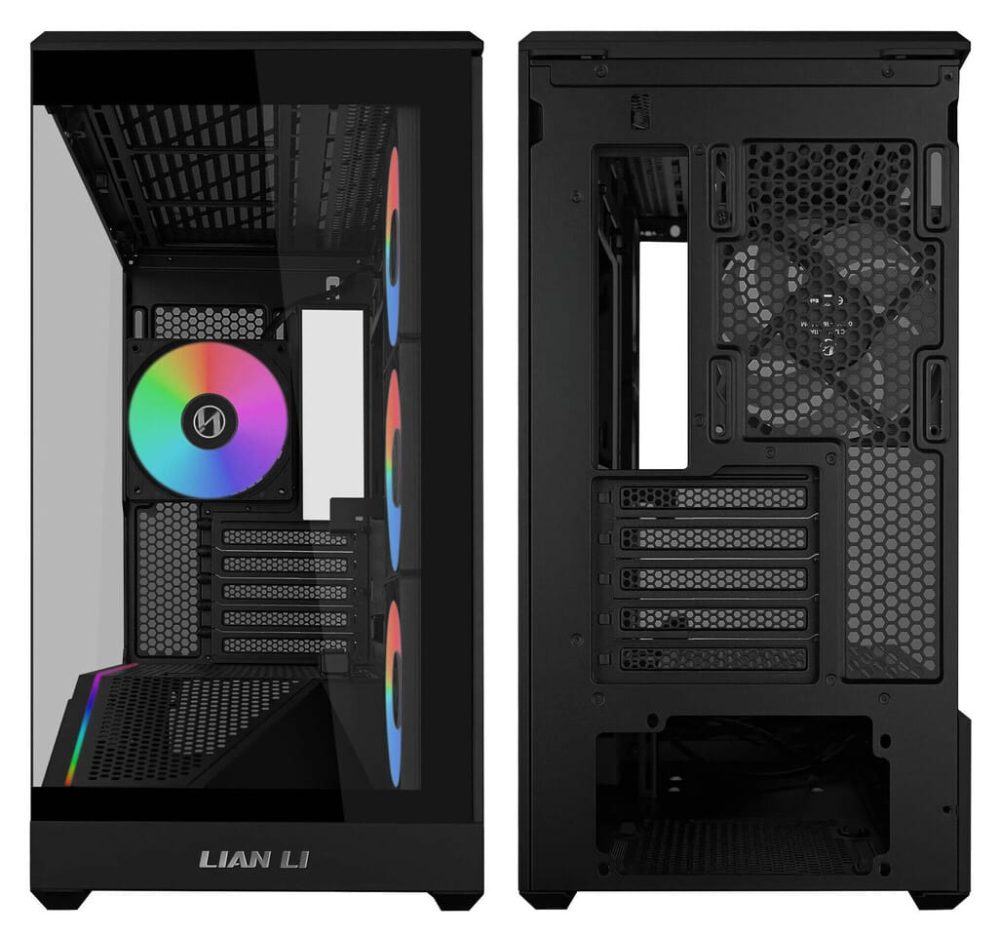In a move that blends high-tech spectacle with a nod to history, NVIDIA’s CEO Jensen Huang personally delivered the company’s newest AI product, the DGX Spark, to Elon Musk at SpaceX’s headquarters in Texas.
This wasn’t just a celebrity gadget hand-off. The event echoed a similar delivery back in 2016 when Huang gave Musk one of the first DGX-1 supercomputers for his then-small startup, OpenAI, a machine that helped pave the way for creations like ChatGPT.
This time, the product is for everyone. The DGX Spark, which NVIDIA calls “the world’s smallest AI supercomputer,” is now available for purchase.
What Is It?
Think of the DGX Spark as a mighty desktop computer designed specifically for the AI era. While the laptops and workstations developers use today are struggling with complex AI tasks, this new machine is built to handle them with ease.
Its key feature is immense power in a small box. It delivers a “petaflop” of AI performance—a unit of computing speed that was once exclusive to room-sized supercomputers. It also has a massive 128GB of unified memory, allowing developers to build and run sophisticated AI models entirely on their desk, without needing to connect to expensive cloud services or data centers.
Compact Power
NVIDIA’s goal is to “democratize” AI. By putting this level of power into a compact, ready-to-use machine, they are making it accessible to a much wider range of developers, researchers, and companies.
This can accelerate innovation in areas like:
- Creating more advanced and independent AI agents.
- Developing “physical AI” for robotics and automation.
- Working on sensitive projects in fields like healthcare, where keeping data on a local machine is crucial for privacy.
The DGX Spark is available starting October 15th directly from NVIDIA and through major partners like Dell, Lenovo, and HP. This widespread availability is key to its mission, though the power comes at a premium, around $3,999.
The AI Marketing
Jensen Huang’s delivery to Elon Musk was a masterclass in marketing and storytelling, but the DGX Spark itself represents a critical strategic pivot for the tech industry.
- The “AI PC” Just Got a Serious Upgrade: The tech industry has been buzzing about “AI PCs” with dedicated chips. The DGX Spark redefines that category entirely. It’s not just adding an NPU to a laptop; it’s essentially condensing a data center rack into a desktop form factor. This creates a new product category between consumer workstations and enterprise servers, which could become the standard for serious AI development.
- The Push for “Local AI”: For all the talk of the cloud, there are massive drawbacks: cost, latency, and data privacy. The DGX Spark is a powerful bet on a hybrid future. By enabling developers to fine-tune a 70-billion-parameter model locally, NVIDIA is empowering a shift away from total reliance on cloud giants. This gives smaller companies and research labs more control and could lead to a burst of innovation in applications where data cannot leave a secure location.
- A Strategic Ecosystem Play: The list of early recipients, Google, Meta, Microsoft, and Hugging Face, is as important as the Musk delivery. By ensuring that all major AI software players optimize for DGX Spark on day one, NVIDIA is not just selling hardware; it’s fortifying its entire ecosystem. The device is a physical device that locks users into the NVIDIA software stack (CUDA, NIM, etc.), ensuring NVIDIA’s dominance continues as AI development moves closer to the end user.
- The Price of Admission: At $3,999, the DGX Spark is not a consumer device. However, for a corporate or research budget, it’s a compelling alternative to spiraling cloud computing bills. It represents a one-time capital expenditure that can fuel years of development. This pricing strategy is clever—it’s accessible enough for a well-funded startup to buy several, yet powerful enough to be indispensable to a large enterprise.
In conclusion, the DGX Spark is more than a new product; it’s a statement of intent. NVIDIA is not content with just powering the cloud AI revolution—it now wants to own the “edge” where AI is ultimately deployed and personalized, ensuring its hardware and software remain the bedrock of the industry for the next decade.


